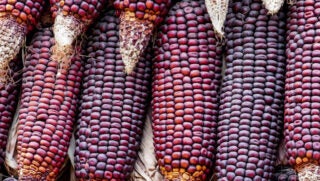The U.S. Department of Agriculture’s National Institute of Food and Agriculture announced an investment of $14 million in research to protect agricultural animals from disease and improve animal health. The grants are part of NIFA’s Agriculture and Food Research Initiative’s Diseases of Agricultural Animals program area priority.
“Animal health is critically important to farmers and ranchers,” said NIFA director Dr. Carrie Castille. “This research will help better understand, diagnose, control and prevent diseases in agricultural animals and aquaculture.”
Funded projects will focus on developing new and improved vaccines, diagnostics and antimicrobial alternatives; breeding disease resistant animals; and understanding better ways to manage animals to minimize disease outbreaks.
The Diseases of Agricultural Animals Program will be able to fund 31 projects with the $14 million investment. Examples of different grants include:
- Iowa State University’s project will introduce a new approach to Vitamin A and Zinc supplements to help protect cattle against stress and respiratory disease ($500,000).
- University of Maine, Orono’s project will develop a new, safe aquaculture vaccine to help improve disease immunity in Atlantic salmon in an environmentally friendly and cost-effective way ($495,000).
- University of Florida’s project will examine ways to improve immunity in pigs that can protect them from lung disease and influenza virus infections ($500,000).
NIFA invests in and advances agricultural research, education, and Extension across the nation to make transformative discoveries that solve societal challenges. NIFA supports initiatives that ensure the long-term viability of agriculture and applies an integrated approach to ensure that groundbreaking discoveries in agriculture-related sciences and technologies reach the people who can put them into practice.


